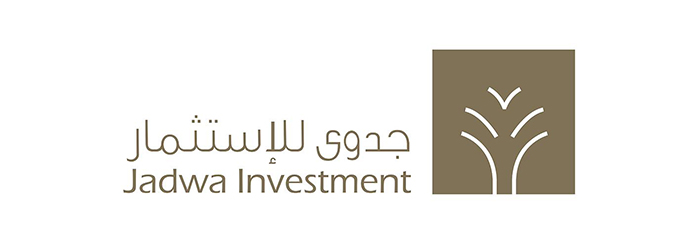Table of Contents
Main Developments in Q2 2021
GaStat’s latest labor market release shows that unemployment declined to 11.3 percent in Q2 2021 (down from 11.7 percent in Q1), (Figure 1). The decline was largely a result of male unemployment dropping to 6.1 percent in Q2 compared to 7.2 percent in the previous quarter. At the same time, female unemployment inched up to 22.3 percent in Q2 versus 21.2 percent in Q1. Moreover, youth unemployment (20-24 years) declined to an average of 22.6 percent in Q2, from 23.6 percent in Q1.
The overall improvement of the labor market in Q2 is in-line with our expectations (which we outlined in our previous labor market report). More specifically, unemployment has dropped by 4.1 percentage points since Q2 of last year and we believe this improving trend will continue during the remainder of this year. In light of this, we have maintained our unemployment forecast at 10.5 percent for end of 2021.
Labor force participation
Labor force participation declined slightly to 49.4 percent in Q2, down from 49.5 percent in Q1, with lower participation amongst males (down from 66.2 to 65.7 percent quarter-on-quarter). This change came despite higher labor force participation amongst the youth (20-24 years old), rising from 36.7 to 42.6 percent quarter-on-quarter (Figure 2), which is likely a result of graduates entering the labor market upon the completion of university education during Q2.
Expatriates leaving the labor market
Gastat data shows that the number of expats in the labor market continued to decline in Q2, down by almost 177 thousand quarter-on-quarter on a net basis (Figure 3). The largest number of departures were seen in the lowest salary band, and from the ‘construction’ sector. Since the onset of the Covid-19 pandemic in March of last year, around 600 thousand expats have left the Kingdom.
GaStat data showed the largest quarterly change in the hiring of Saudis took place in ‘public administration’, ‘human health and social work’, and ‘manufacturing’ in Q2 (Figure 4). Meanwhile, ‘construction’ continued to see the largest departures of both Saudi and expat workers, on a net basis, quarter-on-quarter.
Moreover, ‘education’ lost 10.4 thousand workers quarter-on-quarter (around 8 percent of total education workers), of which 6.4 thousand were Saudis (with 88 percent being Saudi females). As we highlighted in our labor report for Q2 2020, we think this is a seasonal trend, coinciding with the end of the academic year during Q2, with the number expected to rebound in Q3 as schools re-open with a progressively rising level of in-person attendance. Additionally, we expect to see a higher number of Saudis employed in this sector as a result of the recent localization initiative by the Ministry of Human Resources and Social Development (MHRSD) to raise the localization percentage in private schools, which came into effect at the end of August 2021.
At the same time, ‘wholesale and retail’ saw the second largest number of departures amongst expats, after ‘construction’, whilst the number of Saudis in this sector was virtually unchanged versus Q1. Looking ahead, as the economy continues to recover and restrictions around Covid-19 are eased, we expect the number of new Saudi hires in ‘wholesale and retail’ to rise in H2 2021. Again, the rebound in hires will also be helped by recent localization initiatives by the MHRSD in shopping malls and cinemas, which came into effect in October 2021.
Outlook
The recovery in the labor market during the last few quarters is associated with an overall recovery in the Saudi economy, with non-oil private sector GDP in H1 2021 rising by 7.5 percent year-on-year. As such, we believe this improving trend is likely to continue during the remainder of this year and the next year. Looking ahead, we see a number of developments in H2 2021 that will help lift employment levels. Besides, the ongoing roll-out of vaccine that helps lift overall recovery, we expect more employment opportunities for nationals as a result of a pick-up in summer tourism activity in Q3, and due to the roll-out of entertainment festivals (or ’Saudi Seasons’) in Q4 and Q1 2022. Moreover, the continued localization efforts will also help in increasing the number of nationals in various sectors.
Lastly, over the medium term, we see the newly announced Human Capital Development Program Vision Realization Program (VRP) accelerating the pace of local employment in the labor market over the next five years (Figure 5 – Box 1).


COMMENTS